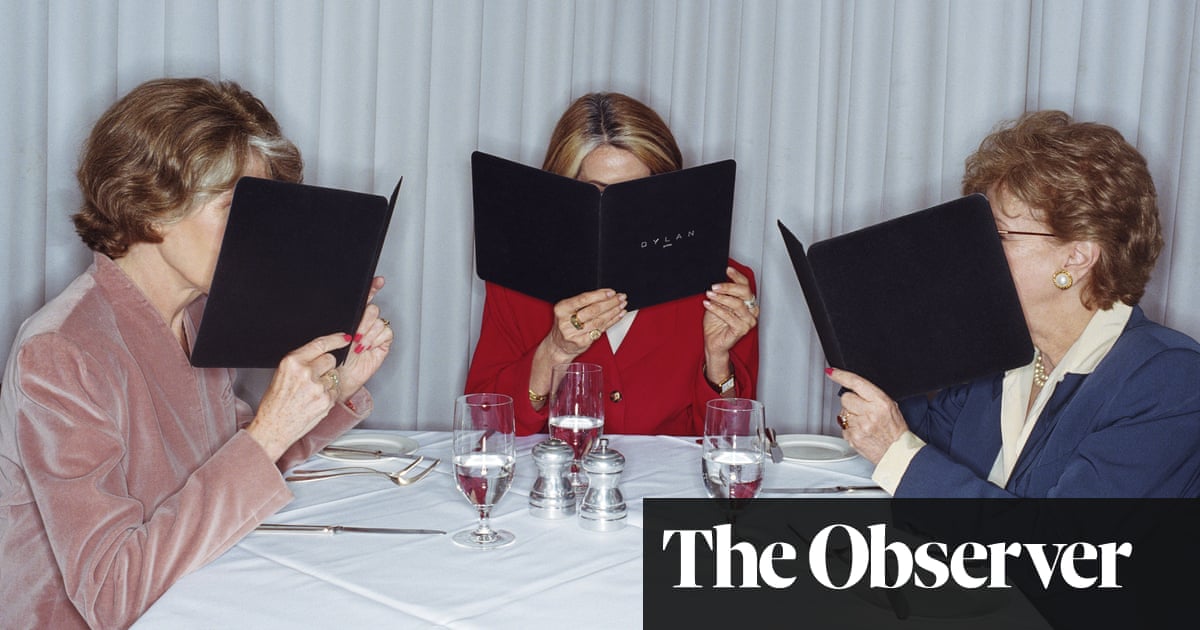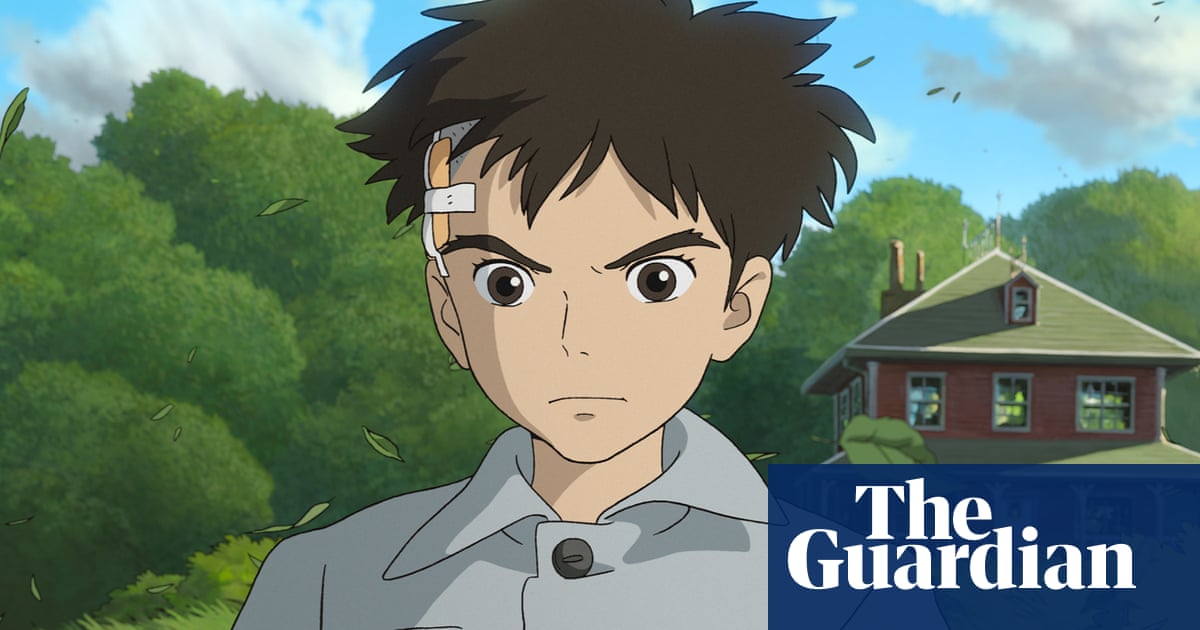
All unfamiliar restaurants are terrible until proven otherwise. I’m not proud of this blunt statement. I have written about restaurants for so long because I love them, often in that heated adult way. Yes, there are the occasional skewerings, of the grossly overpriced and the grimly underperforming. But generally, I regard myself as a cheerleader. I want good places to prosper.
First, though, I have to identify them, and eating out is rarely a cheap gamble. Which means it’s not something anyone can treat casually. For me, it’s often relatively straightforward. I recognise the name of a chef or a restaurateur. I like what they’ve done before and can be reasonably confident about what they’re doing now. But sometimes, like everyone else, I have to take a punt. Perhaps I am visiting a town I don’t know well. Perhaps the new place is run by a team I’ve never come across before.
It’s time for detective work. It all starts with the menu, whether viewed online or in the window. Begin with the basics, by which I mean the typeface. Dismiss anywhere that uses comic sans or the like. If they have so little taste in typography, what hope is there when it comes to the food? Equally, be suspicious of somewhere that uses a grandiose italic. Aside from the fact that they’re so bloody hard to read, it’s also a clear signifier: it says “we take food Seriously” with a capital S. Is that your idea of fun? No? Move on. A menu should be physically readable.
Now we come to the words. Are they using redundant adjectives? If the menu feels the need to tell you that the squid is tender, find somewhere else. No restaurant intentionally serves rubbery squid. So why the hell are you telling me that yours is tender? Look out for other terrifying words. Are ingredients “nestled”? Is the dish “sumptuous”? Are there “medleys” or “symphonies”? If anything is described as “mouth-watering”, close down the browser. Back away from the window. Whoever wrote that menu is desperately overcompensating for deficiencies in the kitchen. A good menu should also be simply written.
Next up, how long is it? Half a dozen or so starters and mains? Fine. Any competent kitchen can manage that. But a dozen dishes a course? More? At that point I become suspicious that a freezer cabinet and a food service company are involved. The menus of restaurants cooking the food of China’s various provinces or the Indian subcontinent are an exception to this rule. Their menus can be much longer courtesy of permutations of ingredients. And yes, on those menus, photographs are fine.
If the menu writing has passed muster, check the prices. Add up a mid-range starter, main and dessert. How much is it going to be a head? Is that reasonable compared to bills you’ve settled recently? Now look at the wine list. Everyone forgets to check the wine list, which can be a source of both joy and of unhappiness. The food may seem reasonably priced, but if the cheapest bottle of wine is, say, £35, the bill is quickly going to mount up. How many bottles are there under £40? And have they arranged them in ascending order of price? Or have they done them by grape and region? If you love wine and your pockets are deep, go for it. Otherwise, stay away.
At this point, Google becomes your friend. Study the photographs that are available online. Does the look of the restaurant seem to match the cost? We are deeply into the subjective here, but there is now so much online you have significant evidence to go on. Does anybody in those pictures look as if they’re having a nice time? Which brings us to the last source of information: the online review. For God’s sake, don’t read them. There’s enough trauma in the world without volunteering to witness the brutalisation of the English language. But there can still be wisdom in crowds. You just have to locate the crowd. If there are fewer than 200 user reviews, there’s nothing of value here. Beyond that number you can usually pay attention to the scores, because at that volume few places are capable of influencing the overall result. Do the four- and five-star reviews vastly outnumber the one and two stars? If yes, then it may be cause for optimism.
In the end, of course, you do have to make a choice. You have to decide whether or not to book a table. And if, based upon all of these tests, you choose to do so and the place is terrible, if the cooking amounts to the victimisation of innocent ingredients, and the service would be banned under the Geneva convention, then you have one last option. Don’t eat there ever again.












